- Written By Team DWS
- Jaipur City
- June 30, 2025
The Architectural Marvel of Jal Mahal: A Fusion of History and Nature
Nestled amidst the tranquil waters of Man Sagar Lake, Jal Mahal stands as an exquisite testament to the architectural prowess of the Rajput era. Located in Jaipur, the capital of Rajasthan, this enchanting palace is often referred to as the “Water Palace.” With its captivating blend of history, nature, and breathtaking aesthetics, Jal Mahal continues to be a favored destination for tourists and history enthusiasts alike.
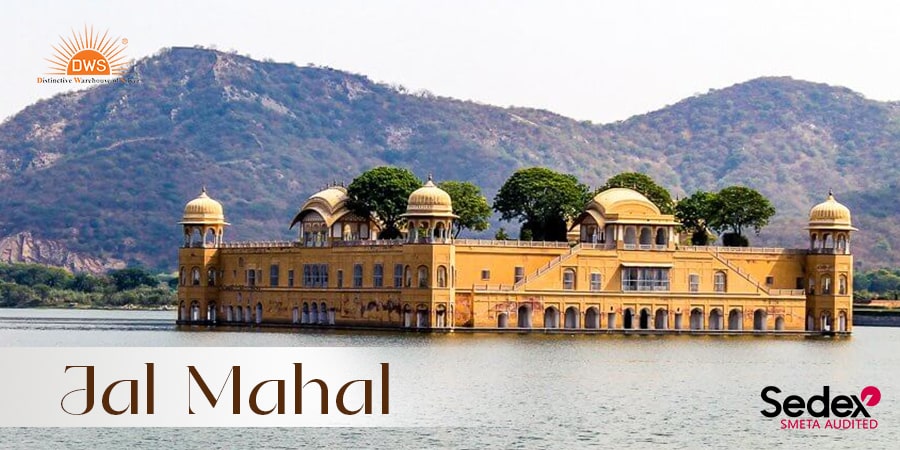
A Glimpse into History
Built in the 18th century under the rule of Maharaja Sawai Jai Singh II, Jal Mahal was originally designed as a getaway for the royal family and a hunting lodge. The Maharaja, a scholar, astronomer, and architect, envisioned a palace that would harmoniously integrate with the natural surroundings. The palace serves as a symbol of the Rajput’s deep connection with water and the picturesque landscape that defines the region.
The design of Jal Mahal showcases a distinctive style referred to as Rajput-Mughal architecture, blending aspects from both traditions. Its façade is splendidly adorned with red sandstone, intricate carvings, and ornate jali work. A significant feature of the palace is that it has five levels, four of which are underwater when the lake is at full capacity. This remarkable design cleverly utilizes the natural water body while creating a stunning visual impact.
The Design and Architecture
Upon approaching the palace, visitors are often left in awe by its grandeur. Jal Mahal features a symmetrical structure that comprises a central building flanked by four gardens or chhatris, designed in a way reminiscent of the Mughal gardens. The serene atmosphere is enhanced by the striking view of the Aravalli hills in the background, creating a picturesque setting.
The architecture is notable for its elaborate jharokhas (overhanging enclosed balcony), which provide not only aesthetic beauty but also serve functional purposes. The lattice work allows for ventilation and protects the interiors from harsh weather while offering stunning views of the lake. Each architectural detail has been meticulously crafted to exemplify luxury and comfort while ensuring that the palace retains its regal charm.
The Natural Beauty Surrounding Jal Mahal
One of the standout features of Jal Mahal is its seamless integration with nature. The palace is surrounded by the pristine waters of Man Sagar Lake, which acts as a mirror reflecting the stunning sunset hues and the majestic structure itself. This picturesque setting is further enhanced during the monsoon season when the lake is filled to its brim, revealing the mesmerizing beauty of Jal Mahal.
The surrounding landscape is a haven for various flora and fauna, making it a popular spot for eco-tourism. Bird watchers cherish the opportunity to observe migratory birds that flock to the lake, particularly during the winter months. The vibrant ecosystem supports numerous species, inviting nature lovers to explore the area and relish the tranquility it offers.
Preservation and Tourism
Despite its historical significance, Jal Mahal faced challenges in terms of preservation. For years, it remained neglected, and the lake itself suffered from pollution and encroachment. However, recent conservation efforts have aimed to restore both the palace and its surroundings. The government, along with various organizations, has initiated measures to revitalize the area, making it a cleaner and more scenic destination for visitors.
Today, Jal Mahal attracts thousands of tourists who flock to marvel at its beauty and learn about its rich history. Boat rides on Man Sagar Lake provide an intimate view of the palace, allowing visitors to appreciate its architectural brilliance from a unique vantage point. Local vendors offer handicrafts and traditional Rajasthani fare, adding to the cultural experience.
Conclusion
Jal Mahal is not merely an architectural wonder; it embodies the history, culture, and natural beauty of Jaipur. The palace stands as a reminder of Rajasthan’s regal past and the artistic excellence of its builders. As visitors stroll along the lake's edge, taking in the stunning vista, it's difficult not to feel an overwhelming sense of tranquility and appreciation for the grand narrative this site unfolds.
In a world where urbanization often overshadows historical landmarks, Jal Mahal is a shining example of how architecture can harmonize with nature. This idyllic location calls for reverence and admiration, urging us to delve deeper into our cultural heritage while cherishing the beauty of our natural environment. A visit to Jal Mahal is not just a journey to a historical site; it's an experience that connects us to the past, present, and the beauty of nature that surrounds us. Whether it’s your first visit or a return to familiar shores, the allure of Jal Mahal is bound to leave an indelible mark on your heart.

Jal Mahal FAQs (Frequently Asked Questions)
Sure! Here are some frequently asked questions (FAQs) about Jal Mahal, the beautiful water palace located in Jaipur, Rajasthan, India.
1. What is Jal Mahal?
Jal Mahal, or the Water Palace, is a magnificent structure located in the center of Man Sagar Lake in Jaipur, Rajasthan. It showcases a unique blend of Mughal and Rajput architecture and is known for its picturesque setting.
2. How do I get to Jal Mahal?
Jal Mahal is located about 6 km from the city center of Jaipur. You can reach there by car, auto-rickshaw, or taxi. It is also accessible via public transport, though private transportation is often more convenient.
3. Is Jal Mahal open to the public?
While visitors can admire the exterior of Jal Mahal from the lakeshore, the palace itself is not open to the public for interior visits. However, you can enjoy the scenic view and take photographs.
4. What is the best time to visit Jal Mahal?
The best time to visit Jal Mahal is during the cooler months from October to March. Early mornings and late afternoons are ideal for photography and enjoying the serene atmosphere.
5. Are there any activities available at Jal Mahal?
Visitors can enjoy boating in Man Sagar Lake (subject to availability), take photographs from the banks, and relax while enjoying the beautiful views of the palace and the surrounding hills.
6. Are there any entry fees for visiting Jal Mahal?
There is no entry fee to visit Jal Mahal, but if you plan to go boating, there may be a fee for that activity.
7. Can I take photographs at Jal Mahal?
Yes, photography is permitted, and Jal Mahal provides a stunning backdrop for both amateur and professional photographers. However, please respect the area and other visitors while taking pictures.
8. Is there any nearby accommodation?
Yes, Jaipur has a wide range of accommodations, from luxury hotels to budget options, many of which are located close to Jal Mahal.
9. What are some nearby attractions?
Nearby attractions include Amer Fort, Nahargarh Fort, and the Jaipur City Palace. These sites are also steeped in history and architectural beauty.
10. Is Jal Mahal lit up at night?
Yes, Jal Mahal is beautifully illuminated at night, making it a picturesque sight. Many visitors enjoy viewing the palace during the evening when it is lit up against the night sky.
11. Can I swim in Man Sagar Lake?
No, swimming in Man Sagar Lake is prohibited due to safety concerns and pollution.
12. What should I wear when visiting Jal Mahal?
It is advisable to dress comfortably and modestly, keeping in mind the cultural norms of the region. Lightweight clothing is recommended, especially during warmer months.
13. Is Jal Mahal accessible for differently-abled individuals?
Access might be limited for individuals with mobility issues, particularly around the lakeshore. However, efforts are generally made to accommodate various needs.
This FAQ should help answer common queries regarding Jal Mahal and enhance your visit experience!
Popular on Blogs
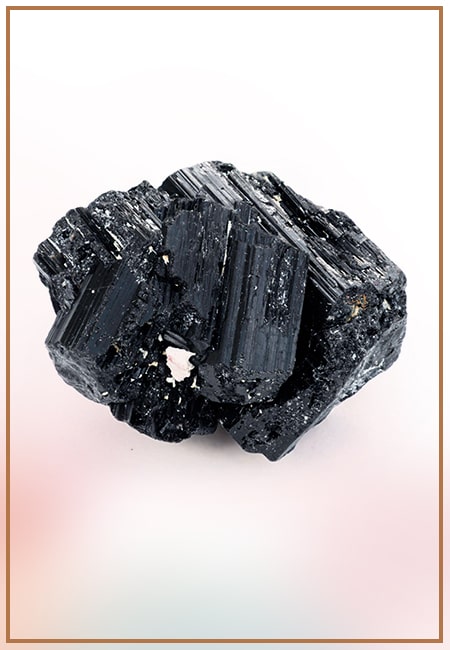
Black Tourmaline: Meaning, Healing Properties, Fascinating Facts, Powerful Attributes, Versatile Uses, and Beyond
September 05, 2023 / BY Team DWS
Black Tourmaline, also known as Schorl, is a highly revered crystal with incredible metaphysical properties. It derives its name from the Dutch word "turamali," meaning "stone with ..
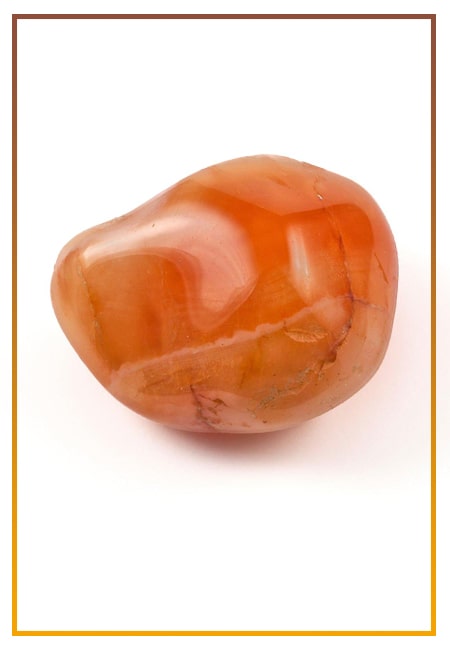
Carnelian Stone: Meaning, Healing Properties, Power, Facts, Color, Uses and More
December 26, 2023 / BY Team DWS
Carnelian is a vibrant and captivating gemstone that holds a plethora of meanings, healing properties, and powers. Its warm and fiery energy makes it a popular choice among crystal ..
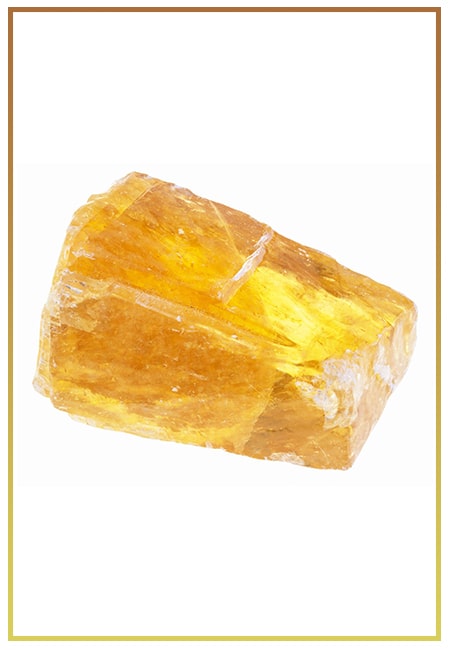
Citrine: Exploring its Meaning, Healing Properties, Fascinating Facts, Powers, Versatile Uses, and Much More
November 18, 2023 / BY Team DWS
Citrine, with its warm golden hues, has captured the attention and imagination of people for centuries. This beautiful gemstone, commonly associated with wealth and prosperity, hol ..
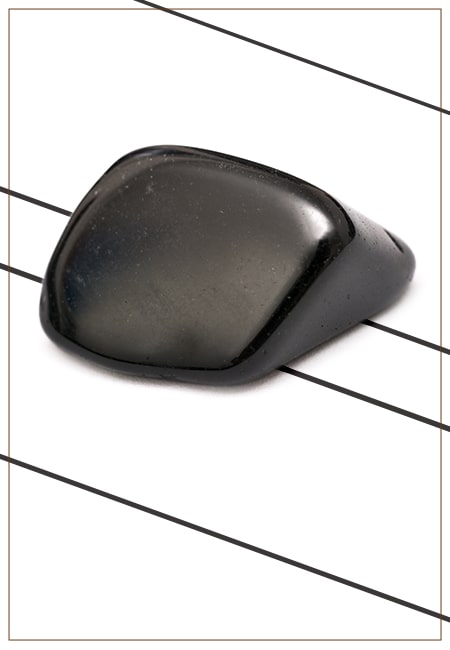
Black Onyx: Unveiling the Meaning, Healing Properties, Fascinating Facts, Powerful Attributes, Versatile Uses, and Beyond
July 25, 2023 / BY Team DWS
Black Onyx, a striking gemstone admired for its deep black hue and elegant appearance, has captivated people for centuries. In this comprehensive guide, we will delve into the mean ..
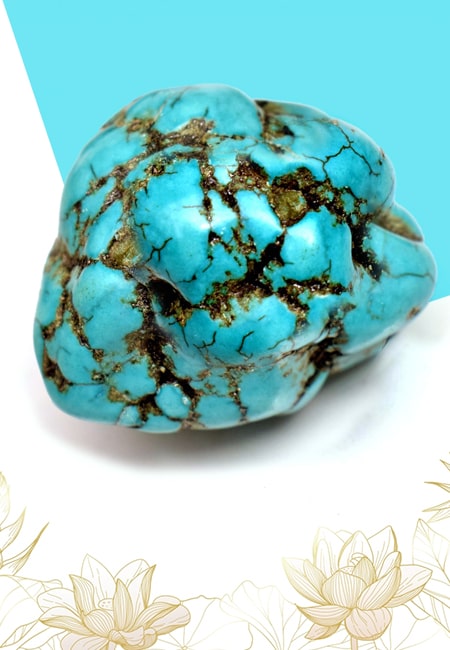
Unveiling the Mysteries of Turquoise Stone: Exploring its Meaning, Healing Properties, Power, Facts, Color, Uses, and More
December 05, 2023 / BY Team DWS
Turquoise, with its captivating blue-green hue, has been adorning jewelry and artifacts for centuries. This striking stone has a rich history, rich symbolism, and a plethora of int ..
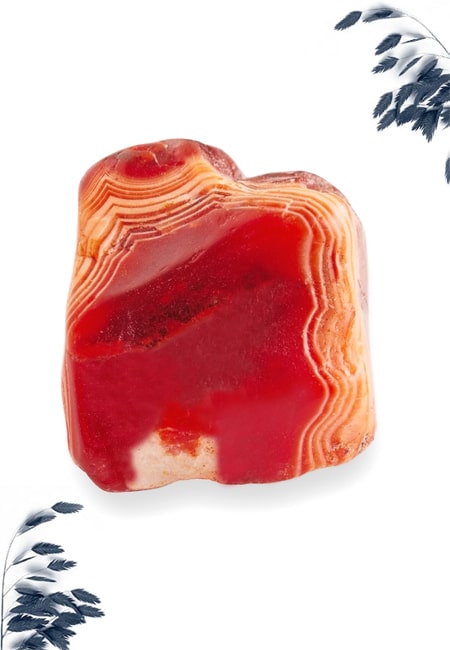
The History Behind The Popularity of Red Agate
December 23, 2022 / BY Team DWS
An Agate is a type of magma rock that takes many years till it is washed out naturally into the water. And that is the reason this stone has elements of water. This beautiful stone ..
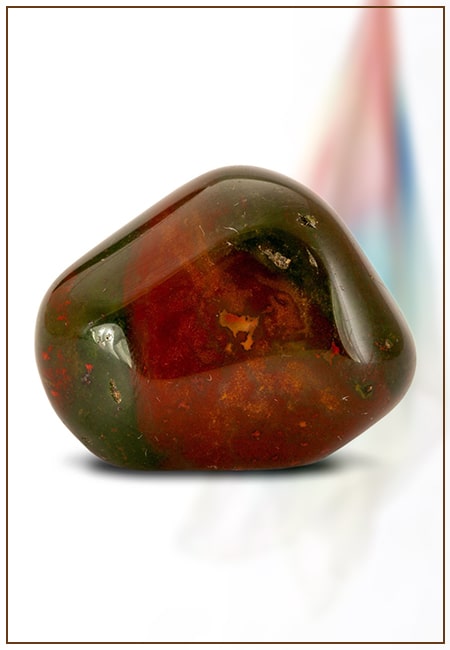
Bloodstone: Unveiling the Meaning, Healing Properties, Facts, Powers, Uses, and More
August 21, 2023 / BY Team DWS
Bloodstone, with its captivating deep green color with specks of red, is a mesmerizing gemstone that has fascinated civilizations for centuries. It possesses unique healing propert ..

Plan a Perfect Valentine's Week with Our Valentine Week List 2025
January 22, 2024 / BY Team DWS
Valentine's Day is undoubtedly the most romantic day of the year, but we believe that one day is just not enough to express your love and make your partner feel special. That's why ..


